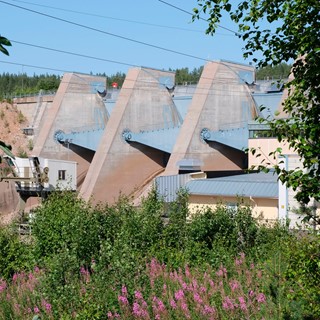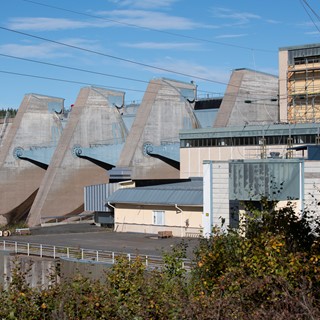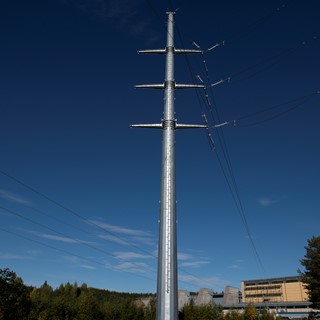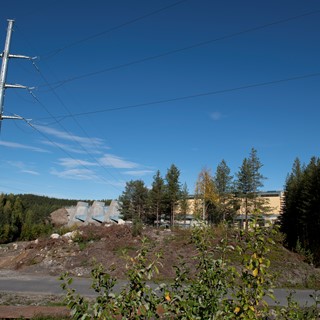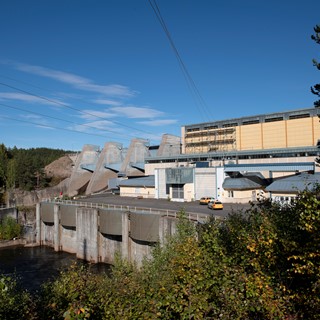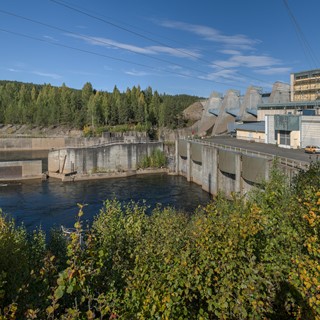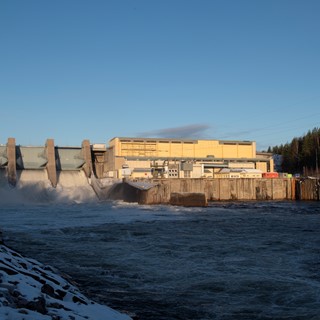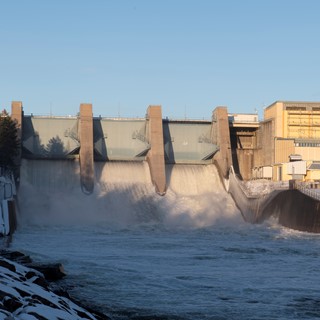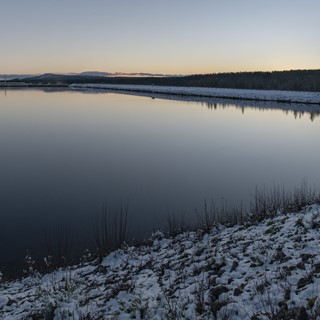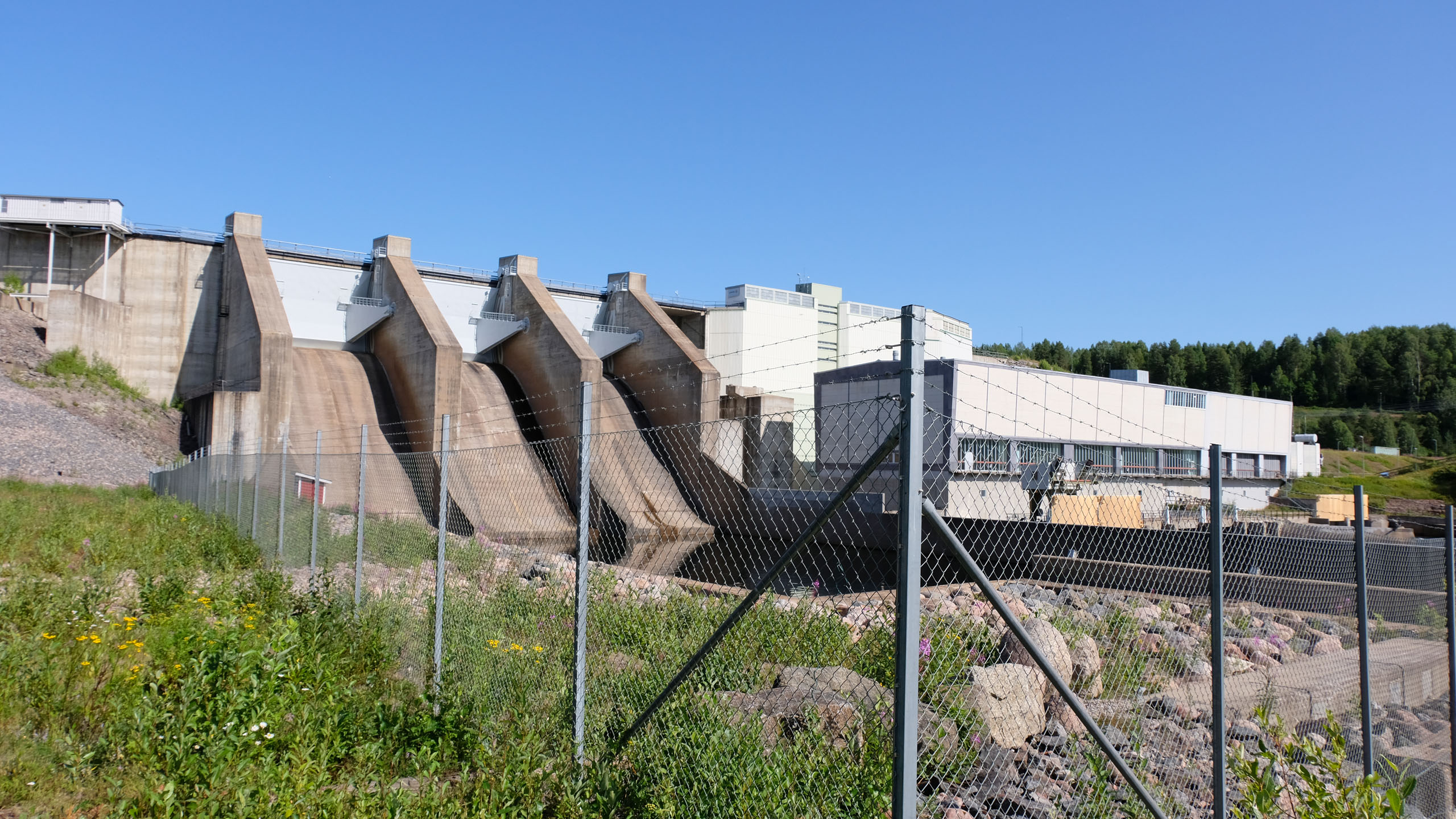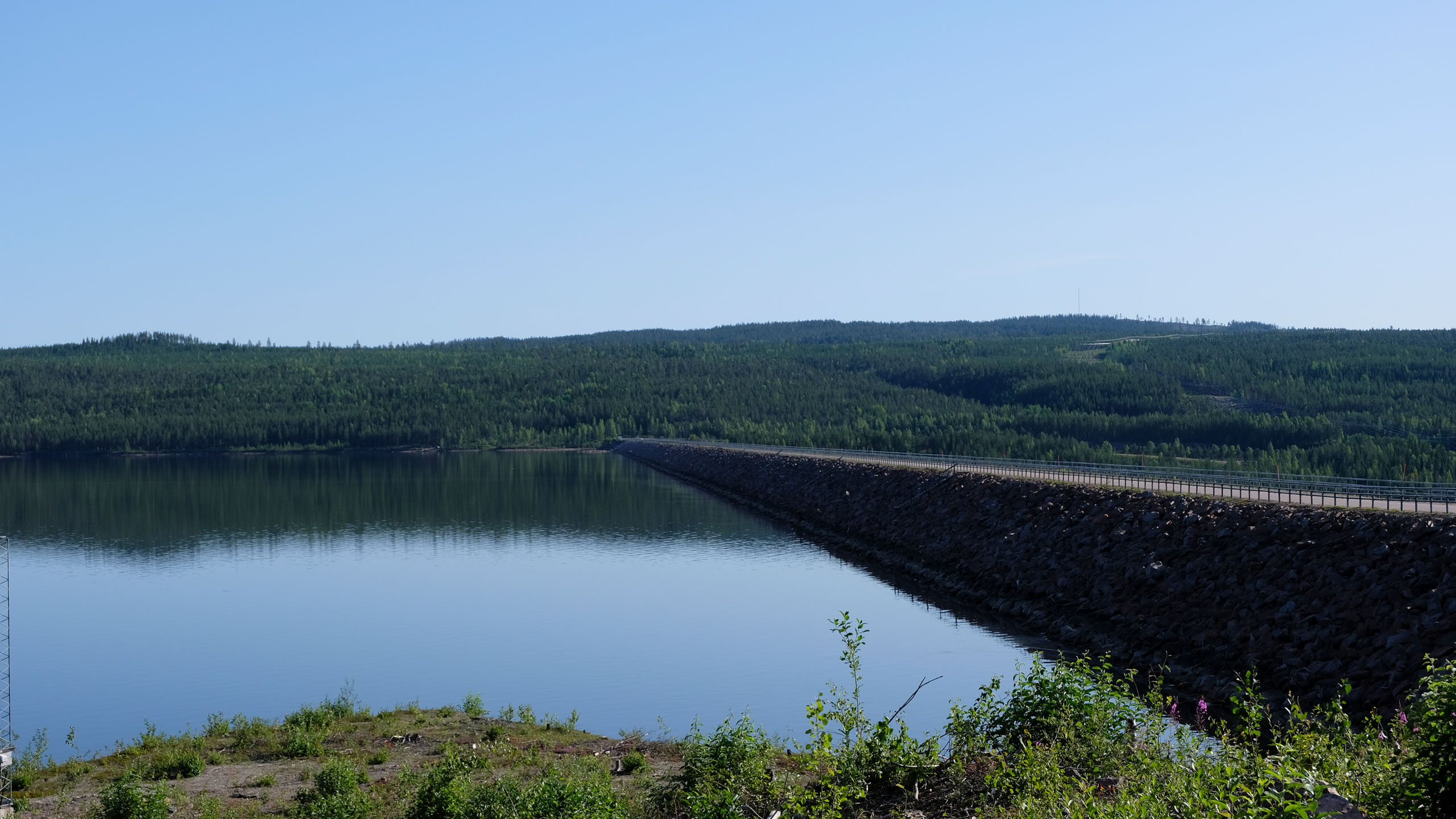History
Laxede’s power plant is located below the River Edeforsen. The name Edeforsen reveals that transports have passed through the area for a long time. An ‘ed’ is a part of a route where boats were dragged on land. From 1660 to 1702, silver was regularly transported on the river from the silver mines in Sarek, via smelting works in Kvikkjokk, to the port of Luleå.
The first written mention of Laxholmen is from Medieval times. The church, the bailiff of Hälsingland, and two wealthy men had been given the right to all salmon in the River Lule Älv through a transfer from the king in 1327. Salmon caught in the Edeforsen financed both Gammelstad’s church and Uppsala University in the 1470s. In the mid-1500s, the right to fish in the Lule Älv was shared by the Church and the Crown, but with Protestantism, King Gustav Vasa managed to regain complete rights to the fish. Some time after Vasa’s reign, in the 1620s, it was decided that all Crown fishing was to be donated to the foundation of the town of Luleå. This led to the town acquiring nobility’s fishing rights 200 years later, becoming the sole owner of the Edeforsen’s salmon fishing.
Several hundred years later, in the 1920s, salmon fishing in the Edeforsen was still flourishing. A tenant fisherman could get more than 200 kilos of salmon, with an average volume of ten kilos per day. Fishing was clearly affected by the construction of the dam in Suorva, but the biggest change came in the 1960s, when the town of Luleå sold its fishing property to Vattenfall, which then built Laxede’s power plant, thus ending a 600-year-old fishing tradition in the Edeforsen.
The power plant’s machine room is above ground, and was initially equipped with two power generation units with a combined power output of 116 MW, with space for a further one, which was installed in the 1980s. The turbines are of the Kaplan type, with vertical axes and concrete spirals. The dam was built downstream from the old road bridge which would later end up under water. A new bridge was built 500 metres upstream from the old one, and a 122-metre long flume that could transport 10,000 to 24,000 logs per hour was also built at the facility.
When the power plant in Laxede was built, it was to supply a nationally growing need for electricity, as local needs had been met long ago. A further purpose was the need for employment opportunities; the National Labour Market Board wanted to start construction before the Water Court had given the all clear, but this was not on the table for Vattenfall, who had learned this lesson the hard way when the early start in Porsi became a costly affair.
Laxede is a result of Vattenfall’s enormous construction drive, and in a few brief summer months, the construction workers had moved in with a little village of temporary workers’ accommodation, the forest had been cleared, the dozer blades had transformed the banks, and the tourist hotel was closed. The former tourist hotel was located where the new village was. The hotel was a big building of two floors, originally built as a head office for the construction of the English Channel (1854 – 1866). The hotel building was extended, and became both the canteen and the head office for Vattenfall’s workers at Laxede’s power plant. 28 houses were also built nearby, intended for family homes, with apartments of two to five rooms plus a kitchen, and one ‘Egnahem’ home. There were also ten bachelors’ homes for 290 workers. The town disappeared quickly, however, once work with the power plant concluded, and the tourist hotel was bought by what was then Harad Municipality, now Boden Municipality. The tourist hotel burned down in 1989, and wasn’t rebuilt.
For permanent settlers, Two houses with an apartment of three rooms and a kitchen were built, as well as a house with an apartment of three rooms and a kitchen, plus an overnight room. Eight buildings were constructed for community services, among them a people’s house, a shop, and a canteen for office staff.
Images
All pictures below are part of the power plant's history. All images are copyrighted. You may use the images for personal use but the images may not be used in commercial contexts or printed matter without our permission. Click on the pictures to enlarge them.
Stories
Here you can read other people's stories about the power plant. And if you have your own story, please share it. Whether you want it to be published on the site or not, we are interested in all stories.
Do you have a story about the powerplant or life around the river?
Send us your story
